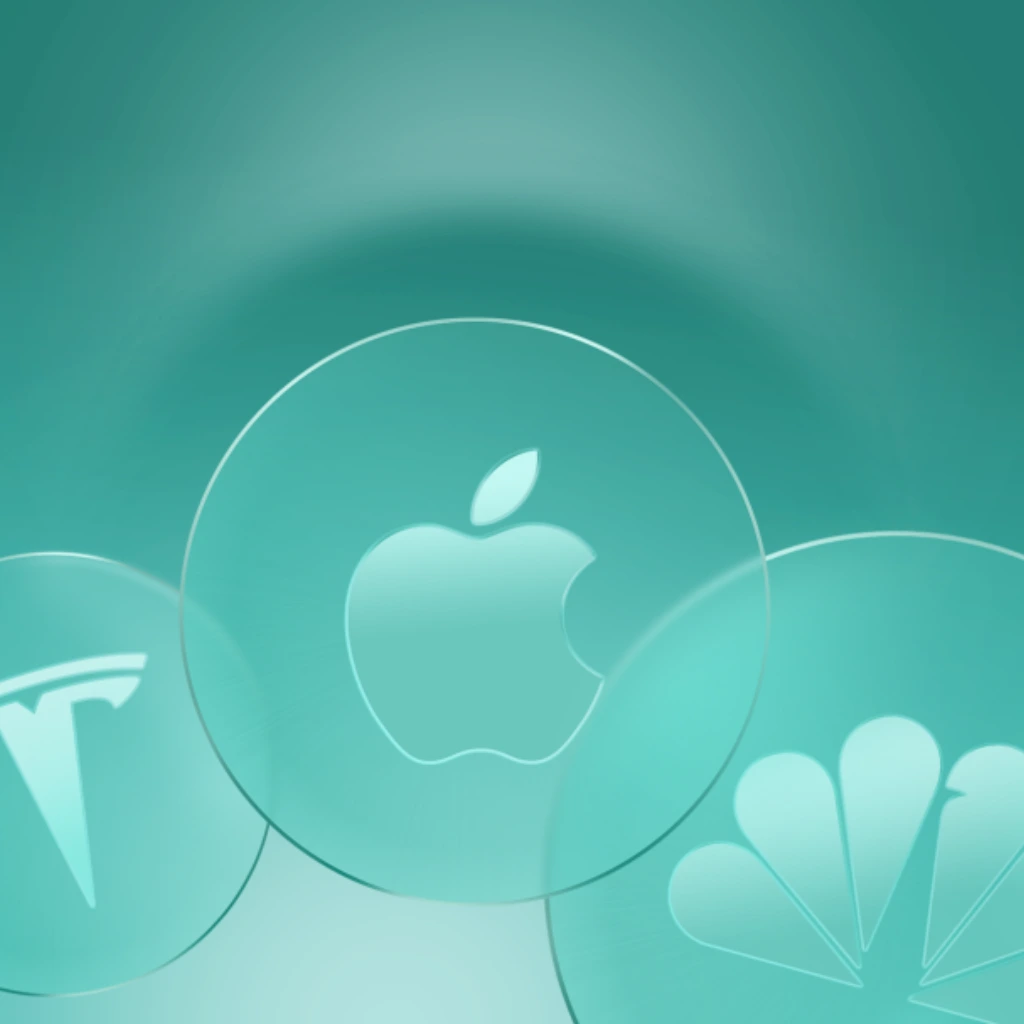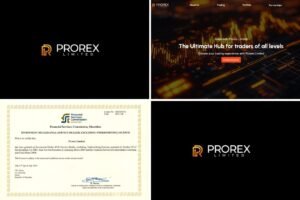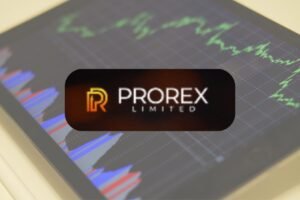Which Real-World Assets Are Ideal for Tokenization? Here’s the Rundown
The Rundown: Ideal RWA Types for Tokenization in 2025
Tokenization is trending. Whether it’s real estate, bonds, or sneakers (yes, really), putting real-world assets (RWAs) on-chain is all the buzz. But here’s the kicker—not every asset plays well with blockchain. Some are made for it, others… not so much. We rounded up some of the ideal RWA types that actually make sense to tokenize. Let’s break it down.
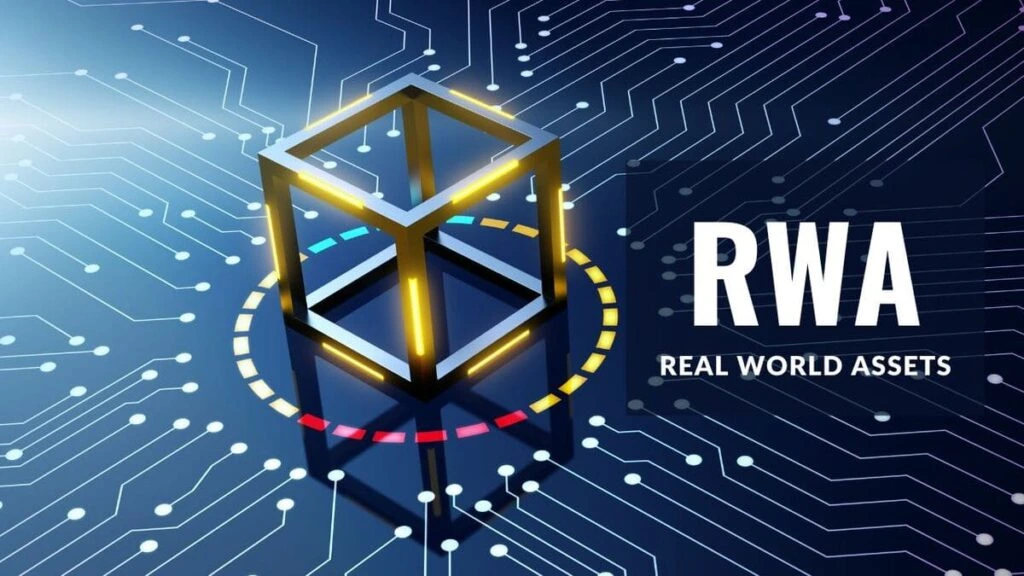
Real Estate: The Classic Choice in Ideal RWA Types
Why it works:
Real estate checks almost every box—it’s valuable, documentable, and painfully illiquid. Tokenizing it can open doors to fractional ownership and make transactions smoother and faster.
Where it’s already happening:
Platforms like RealT and Brickblock are fractionalizing rental properties across the globe, turning brick-and-mortar buildings into digital assets that (finally) move.
Bottom line:
It’s a no-brainer. Real estate is basically the poster child for tokenized assets.


Bonds & Treasuries: Quietly Thriving in Ideal RWA Types
Why it works:
They may not be sexy, but bonds are structured, reliable, and already halfway digital. Add tokenization, and you get faster settlement, better transparency, and global access.
Who’s on it:
BlackRock, Franklin Templeton, and other traditional finance giants are already in the game.
Bottom line:
If you’re looking for the ideal RWA types with mass institutional buy-in—start here.
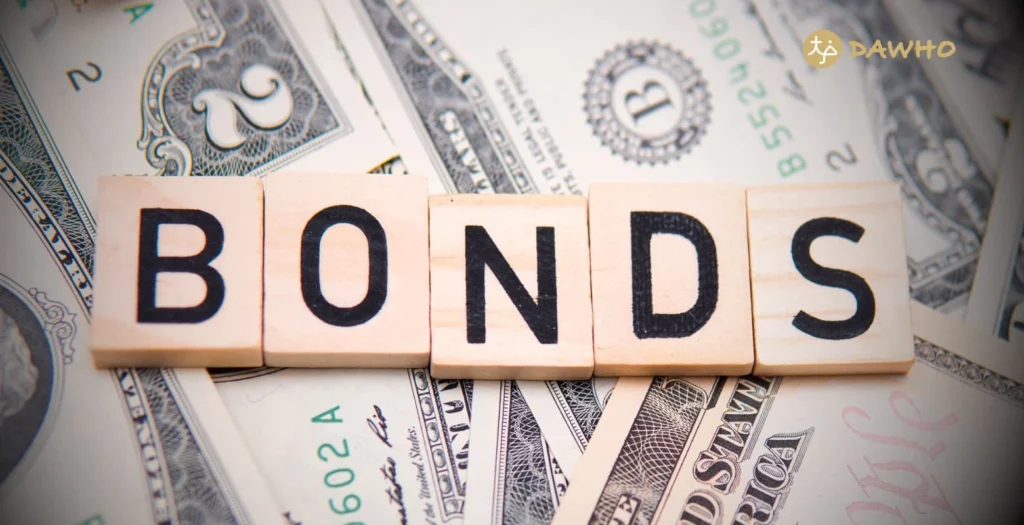
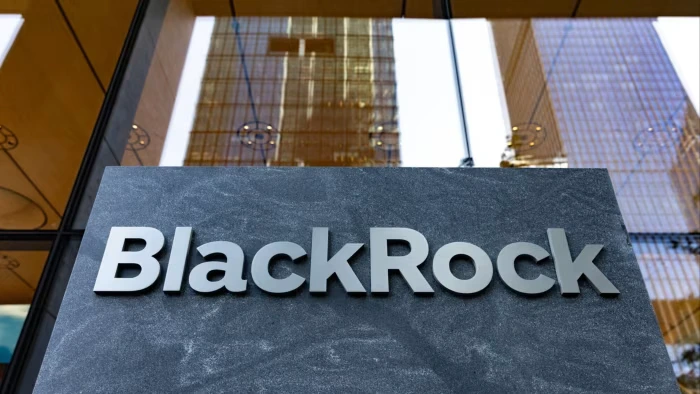
Collectibles: High Risk, High Reward
Why it works (when it works):
When you can verify authenticity and ensure proper storage (we’re looking at you, wine cellars), tokenized collectibles become accessible investments for the masses.
What’s the catch?
Value is subjective, and custody is messy. Plus, let’s face it—there are a lot of scams.
Bottom line:
Promising, but definitely not plug-and-play. Proceed with caution.


Commodities: Especially Gold
Why it works:
Gold has centuries of street cred. Tokenizing it offers global liquidity and fractional access—without needing a vault in your basement.
What’s tricky:
Wheat, oil, and other commodities get complicated fast. Storage, transport, spoilage—all the unsexy stuff makes tokenization harder.
Bottom line:
Gold = good. Others = maybe. It depends on execution and infrastructure.
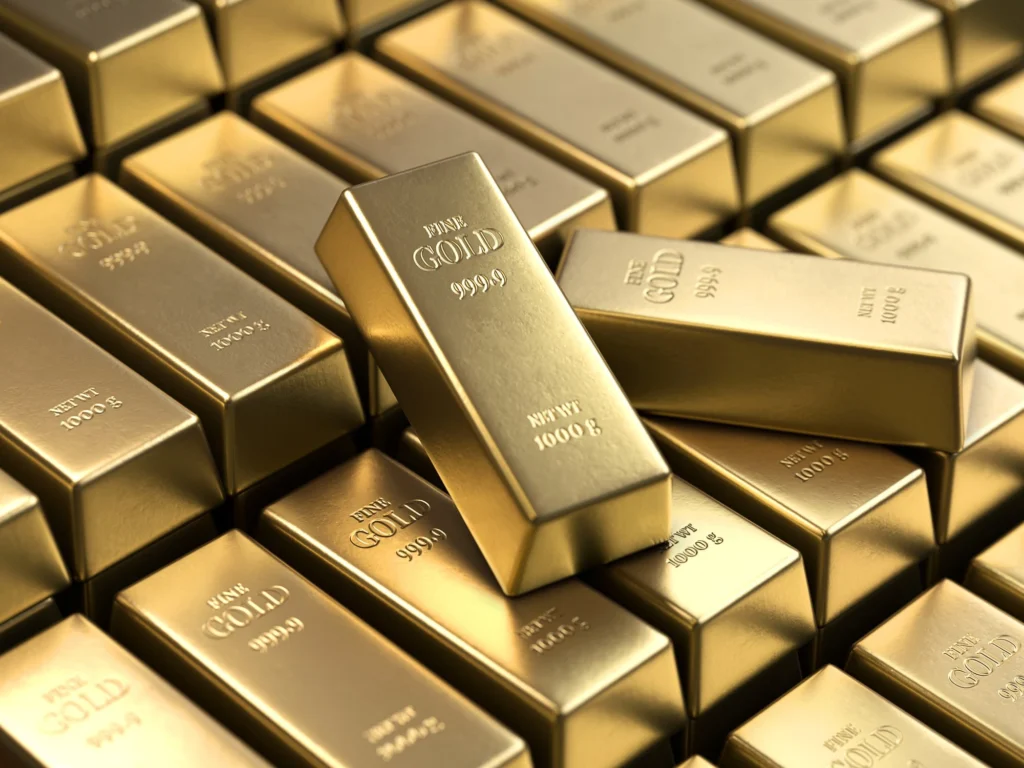
Intellectual Property & Royalties: A Hidden Gem
Why it works:
IP rights, like music royalties or patents, are ripe for tokenization. They’re legally structured, revenue-generating, and can be distributed transparently through smart contracts.
New players:
Platforms like Royal and Async are letting fans invest directly in creative content—and get paid when it earns.
Bottom line:
One of the most underrated ideal RWA types. It’s still early, but the potential is real.

What Makes an Asset Tokenization-Ready?
No one-size-fits-all rule, but here are some key traits shared by the best candidates:
- Clear legal ownership
- Stable or quantifiable value
- Physical security or custody solution
- Demand for fractional access
- Existing pain points in liquidity or access
Assets that check most of these boxes are generally the best fit for tokenization. If it already works well in the traditional system… tokenization might not improve it much.
Final Thoughts: Not Everything Needs to Be Tokenized (And That’s Fine)
So—what are the ideal RWA types to watch? Real estate, bonds, IP rights, and certain commodities like gold top the list. Collectibles? Could work, with caution. But this isn’t a gold rush for everything with a dollar sign.
Some assets are better off left as they are. Others? They’re just waiting for the right platform to flip the switch.
As tech matures and regulation catches up, expect this list to grow—and maybe even surprise you.
Relevant Link : Here

